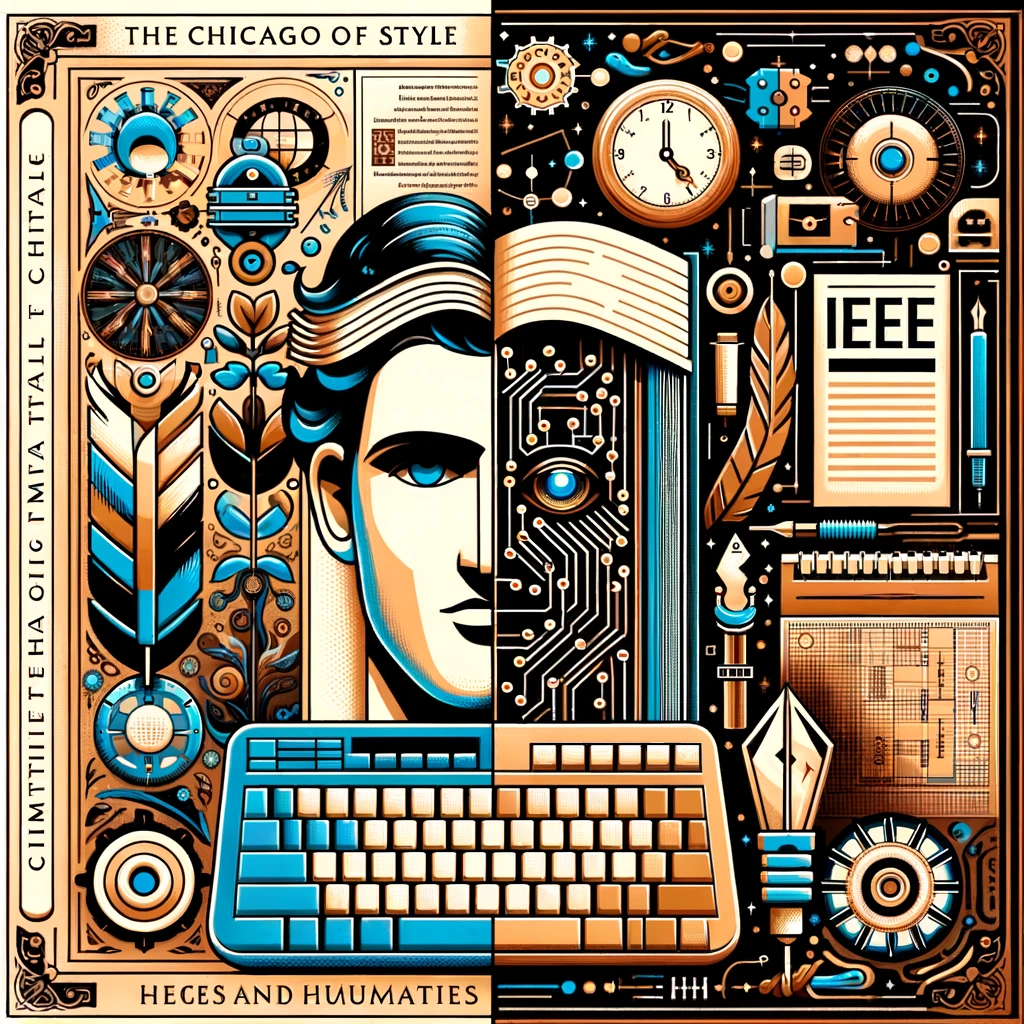In the diverse landscape of academic and professional writing, the selection of an appropriate style guide is crucial for ensuring clarity, consistency, and credibility in documentation. Among the plethora of style guides available, the Chicago Manual of Style (CMOS) and the IEEE Style stand out in their respective domains. While CMOS is revered for its comprehensive guidance across a wide range of disciplines, IEEE Style is tailored to the specific needs of the engineering and technology fields. This article offers a comparative analysis of these two prominent style guides, shedding light on their key features, applications, and differences to help writers choose the most suitable one for their work.
Overview of CMOS and IEEE Style
The Chicago Manual of Style (CMOS) is a broad-based style guide that is widely used in the humanities, social sciences, and some scientific publications. It offers extensive guidelines on grammar, punctuation, citation, and formatting, aiming to provide a comprehensive resource for writers and editors. CMOS supports two primary citation styles: the Notes-Bibliography System (used mainly in the humanities) and the Author-Date System (preferred in the sciences and social sciences).
IEEE Style, on the other hand, is developed by the Institute of Electrical and Electronics Engineers. It is a specialized style guide designed to cater to the fields of engineering, computer science, and information technology. The IEEE citation style is characterized by its numeric referencing system, where citations are numbered in the order they appear in the text and compiled in a reference list at the document’s end.
Key Features and Differences
Citation System
- CMOS: Offers flexibility with its two citation systems. The Notes-Bibliography System is ideal for disciplines that require extensive bibliographic information, allowing for footnotes or endnotes in conjunction with a bibliography. The Author-Date System resembles those used in science and social science publications, facilitating in-text parenthetical citations linked to a reference list.
- IEEE: Utilizes a numeric citation system where references are indicated in the text by a number in square brackets, which corresponds to a numbered reference list. This method streamlines the citation process, making it highly efficient for technical and scientific writing where the text often contains numerous citations.
Discipline and Application
- CMOS: Its broad applicability makes it suitable for a wide range of disciplines beyond technical and scientific writing, including literature, history, and the arts. CMOS is a go-to reference for publishers, editors, and writers seeking a detailed guide on stylistic and grammatical conventions.
- IEEE: Specifically designed for technical disciplines, the IEEE Style is most relevant to authors, researchers, and professionals in engineering and technology. Its guidelines are tailored to the presentation of technical content, including the citation of electronic resources, technical standards, and patents.
Formatting and Presentation
- CMOS: Provides exhaustive guidelines on manuscript formatting, including aspects such as font choice, margins, and spacing. It also covers the layout of tables, figures, and charts, ensuring that documents are not only consistent but also visually accessible to readers.
- IEEE: While focused primarily on citation, IEEE also offers recommendations on the presentation of equations, figures, and tables, reflecting the needs of technical documentation. The emphasis is on clarity and precision, essential in conveying complex technical information.
Accessibility and Usability
- CMOS: With its comprehensive coverage, CMOS can be daunting for first-time users but invaluable as a detailed reference. It is available in print and online, providing wide accessibility for individuals and institutions.
- IEEE: The style guide is straightforward and focused, making it accessible for authors and editors in technical fields. The IEEE’s support materials and resources, including online tutorials and templates, facilitate its application in academic and professional writing.
Choosing between the Chicago Manual of Style and IEEE Style boils down to the writer’s discipline, audience, and specific needs. CMOS offers unparalleled depth and breadth for a diverse range of subjects, making it ideal for comprehensive editorial guidance. In contrast, IEEE Style provides a streamlined, efficient approach suited to the precision and technical rigor of engineering and technology disciplines. Understanding the distinct characteristics and applications of these style guides enables writers to effectively communicate their ideas, contributing to the advancement of knowledge and professional practice.





